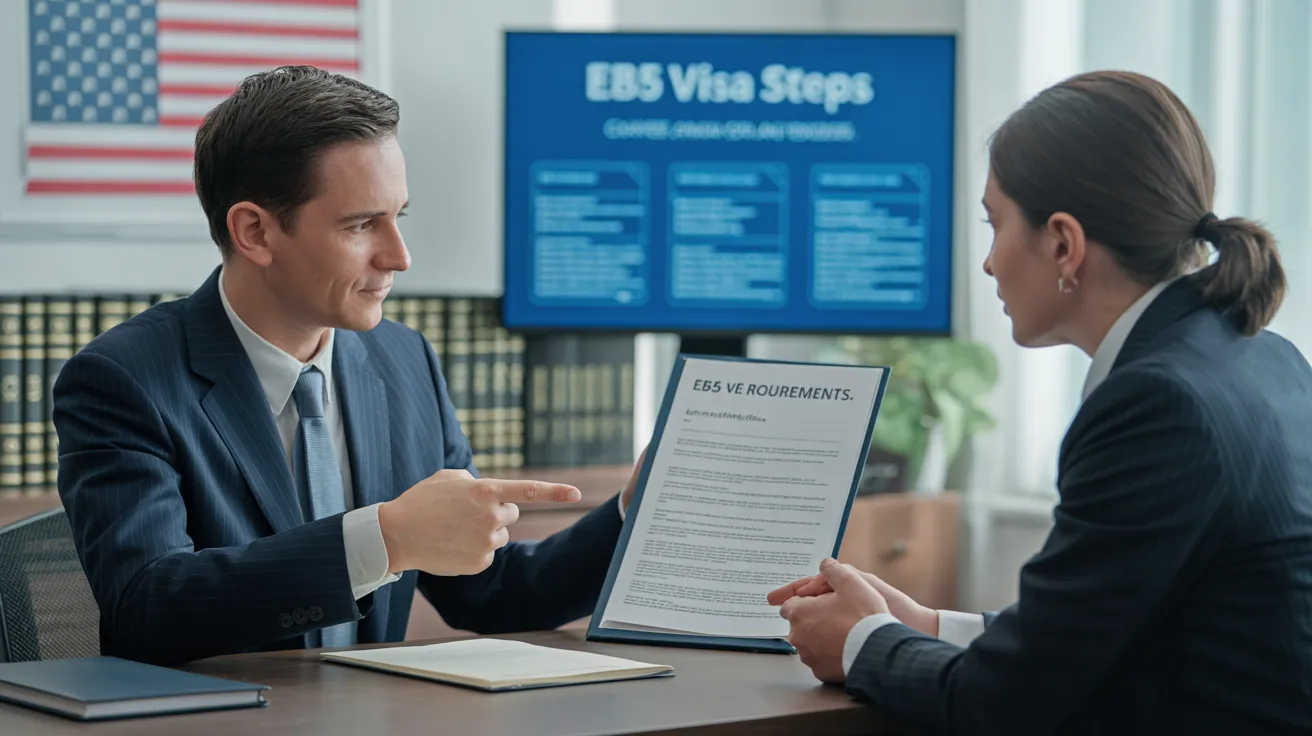The Ultimate Guide To L1 Visa
Table of ContentsMore About L1 Visa3 Simple Techniques For L1 VisaA Biased View of L1 VisaThe smart Trick of L1 Visa That Nobody is Talking AboutThe smart Trick of L1 Visa That Nobody is Talking About
L-1 visas are available to workers of an international business with offices in both the USA and abroad. L1 Visa. The visa permits such international employees to relocate to the firm's US workplace after having worked abroad for the company for at the very least one continual year within the previous 3 before admission in the United StatesOne L-1 visa can allow several workers entry into the USA. Spouses of L-1 visa owners are permitted to work without constraint in the US (utilizing an L-2 visa) event to standing, and the L-1 visa might legally be used as a stepping stone to a permit under the teaching of double intent.
In 2019, Indian nationals obtained 18,354 L-1 visas, accounting for 23.8% of all L-1 visas provided in 2019. According to USCIS information, the biggest employers to get L-1 visas in 2019 were Tata Consultancy with 1,542 authorized L-1 visa petitions, Infosys with 517, Amazon with 455, Mindful with 382, and Deloitte with 305.
Congress produced the L-1 visa in 1970. It was introduced as a "noncontroversial amendment" for multinational American companies. The original visa required that the job period match directly before looking for the company transfer. Congress initially did not specify "specialized knowledge". In 1980, the State Division issued 26,535 L-1 visas.
Getting The L1 copyright Work
Major Indian outsourcing companies such as Tata, Infosys, and Wipro increasingly used the L-1 copyright personnel American multinational corporations. Half of Tata's workers offered the USA began L-1 visas. The North American Free Trade Agreement had arrangements regarding intracompany transfers in between the united state, Canada, and Mexico.
In 2003, the Senate Judiciary Board held a hearing on the L-1 visa. In financial year 2004, the number of L-1B visas surpassed the number of L-1A visas.

Candidates that are in the USA at the time of the declaring of the I-129 can request a modification of status from their existing nonimmigrant condition (i.e. site visitor, pupil, and so on), as long as they remain in status at the time of the declaring of the I-129. If they go out of condition after the declaring, yet prior to authorization, there is no unfavorable repercussion, and the person does not accumulate unlawful existence.
Youngsters of the key L-1 can go to college. The partner of the primary L-1 has an automated right to function in the United States.
3 Easy Facts About L1 Visa Shown
An I-797 Notice of Activity showing the approval of the copyright does not assure that a visa will certainly be released at the U.S.

9 Easy Facts About L1 Visa Shown
For an L-1 visa candidate, "twin Intent" is enabled: unlike some classes of non-immigrant visas (e.g., J-1 visas (L1 Visa)), L-1 applicants might not be rejected a visa on the basis that they are an intending immigrant to the USA, or that they do not have a house abroad which they do not plan to desert
Revival in the United States uses to status only, not the real visa in the ticket. copyright renewal, the candidate must go to an U.S
An alien can not leave the United States and then reenter without a legitimate L-1 visa, and should appear directly prior to a consular policeman copyright issuance.
The 3-Minute Rule for L1 Visa
An individual in L-1 L1 Visa process condition typically might function just for the seeking company. If the L-1 worker gets in based upon an L-1 blanket, nevertheless, it typically is feasible for the employee to be relocated in L1 Visa guide the very same capacity to any type of other associated business noted on the covering. The L-1 visa program has been criticized for many factors.
In one instance, The U.S. Division of Labor fined Electronics for Imaging $3,500 for paying its L-1 visa employees $1.21 an hour and functioning several of them up to 122 hours a week. Some industry representatives have accused companies of using the L-1 program to change U.S. employees. Critics and federal government authorities have explained just how the visa program does not define "specialized knowledge" for foreign employees in the L-1B visa group.